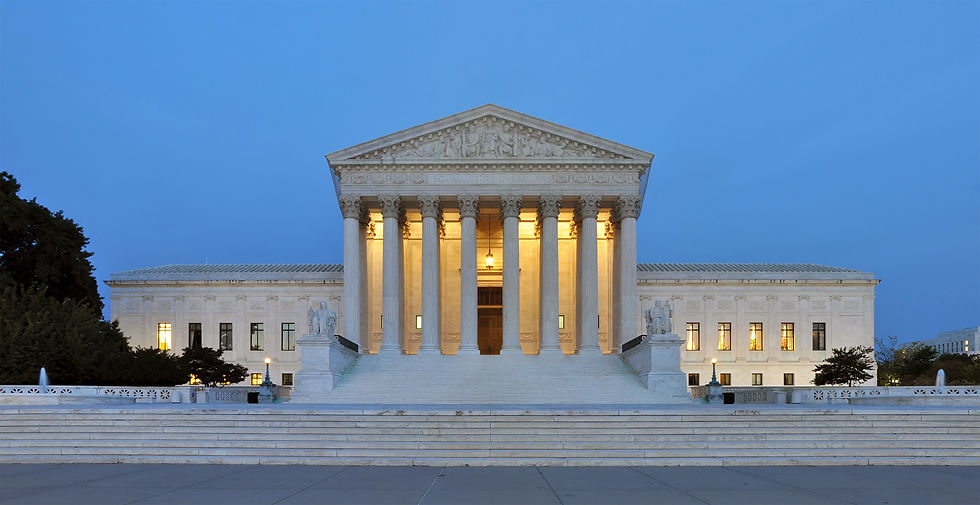Supreme Court to hear arguments on Louisiana congressional map
- Bayou Weekly

- Aug 13
- 2 min read

The U.S. Supreme Court has announced it will hear additional arguments on October 15 in a high-profile legal battle over Louisiana’s newly drawn congressional districts. At the heart of the case is whether the map—crafted to include a second majority-Black district—complies with the Equal Protection Clause of the U.S. Constitution, which prohibits racially discriminatory voting practices.
The case, titled Louisiana v. Callais, stems from a challenge by a group of voters who argue that race played an outsized role in shaping the map. A federal appellate court had previously directed Louisiana lawmakers to redraw district lines, prompting the creation of the contested map.
Tracie Washington, an attorney for the Louisiana Justice Institute, which has joined the case as an intervener, acknowledged the complexities involved.
“This one’s going to be tough,” she said.
According to Washington, the revised districts reflect the state's demographic reality.
“African American voters account for about a third of Louisiana’s voting-age population,” she explained. “Out of six congressional seats, that should reasonably translate to two districts.”
The newly added majority-Black district stretches from Baton Rouge to Shreveport and is currently represented by Democratic Congressman Cleo Fields.
On the other side of the case, attorney Edward Greim, who represents the plaintiffs challenging the map, did not respond to interview requests. However, in a prior statement, Greim argued that the state had openly prioritized race during redistricting.
“The state concedes in its filings that its starting point was to draw a second Black-majority district,” he said. “Everything else followed from that. We’re hopeful this racial gerrymander is nearing its end.”
Washington, meanwhile, expressed concern that broader political forces—particularly in neighboring Texas—could influence how the court rules.









Comments